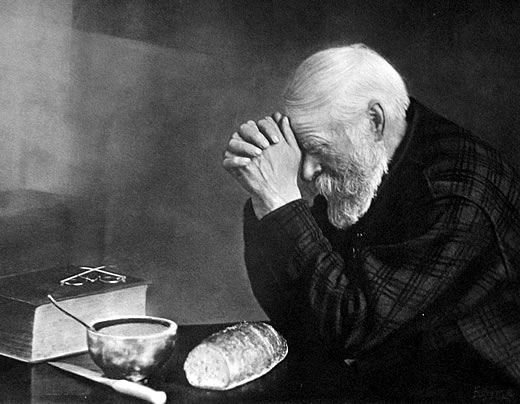 It is a truth universally acknowledged (among theologians, or at least most of them), that a Christian in possession of a Pietistic spirituality, must be in want of a social ethic. Pietists, those champions of heart religion, those prototypes of today’s experience-driven religion, were so heavenly-minded they could not possibly have been of any earthly good. If they thought at all about ethics, they could only have been separatists and moralists, unconcerned with the plight of the broken and marginalized, intent instead on avoid smoke, chew, and going with girls who do.
It is a truth universally acknowledged (among theologians, or at least most of them), that a Christian in possession of a Pietistic spirituality, must be in want of a social ethic. Pietists, those champions of heart religion, those prototypes of today’s experience-driven religion, were so heavenly-minded they could not possibly have been of any earthly good. If they thought at all about ethics, they could only have been separatists and moralists, unconcerned with the plight of the broken and marginalized, intent instead on avoid smoke, chew, and going with girls who do.
So they say. Michelle Clifton-Soderstrom begs to differ. Her Angels, Worms, and Bogeys: The Christian Ethic of Pietism is a small, delightful primer on Pietism. Clifton-Soderstrom, associate professor of theology and ethics at North Park Theological Seminary, examines the lives of three early German Pietists—Philipp Jakob Spener (1635-1705), Johanna Eleonora Petersen (1644-1724), and August Hermann Francke (1663-1727)—finding them models of an ethic of faith, love, and hope. She aims to uncover ‘the beauty of Pietist ethics’ and takes a virtue approach, structuring the book around the three theological virtues and a set of questions: How should we believe? (Answer: By putting our baptism to work!) How should we live? (By loving!) And how should we hope? (By working on earth with an eye to heaven!)
Pietism is marked by an intensive Bible, a personal relationship with God and an emphasis on Herzreligion, an attention to the sanctifying work of the Spirit in which faith leads to love, and the ministry of the common priesthood. Clifton-Soderstrom highlights the importance of the new birth for Pietism (‘the doctrine by which the church lives or dies’) in beginning each story with a conversion—though each came in a different form (Spener being ‘born converted’, Peterson being converted over a long time, and Francke being converted in a moment). Spener was the thinker, a theologian and pastor who wrote the Pia Desideria and instituted conventicles, in which people would gather in small groups to study Scripture. Peterson was a lay woman who was part of Spener’s church and friends with him and Francke. She wrote a number of works, including a spiritual autobiography, and pioneered women’s work as members of the common priesthood. Like Spener a professor and pastor, Francke was the activist of the group, taking care for the poor, and engaging in broad social reform (including the founding of a poor school and eventually the Stiftungen—‘or Foundations that included a larger orphanage and schools’).
In telling these three stories, Clifton-Soderstrom makes quick work of those caricatures of Pietists. Far from being overly subjective, individualistic, emotional, and otherworldly (or, as Ritschl and Troeltsch argues, guilty of ‘extreme mysticism, separatism, and legalism’), Pietists are deeply and fundamentally integrative. Easy dismissals of the world-denying character of Pietism consequently fall flat. Their originating concern was that the doctrine of the established Lutheran church failed to make its way consistently and coherently into the life of the Christian community. (Note that her examples come from German, specifically Halle Pietism, which was distinctively ecclesially minded, politically and socially involved, and globally minded.) It seems, then, that Pietists’ witness to Paul’s conviction that setting our minds on things above is precisely the way to go about doing good in the world.